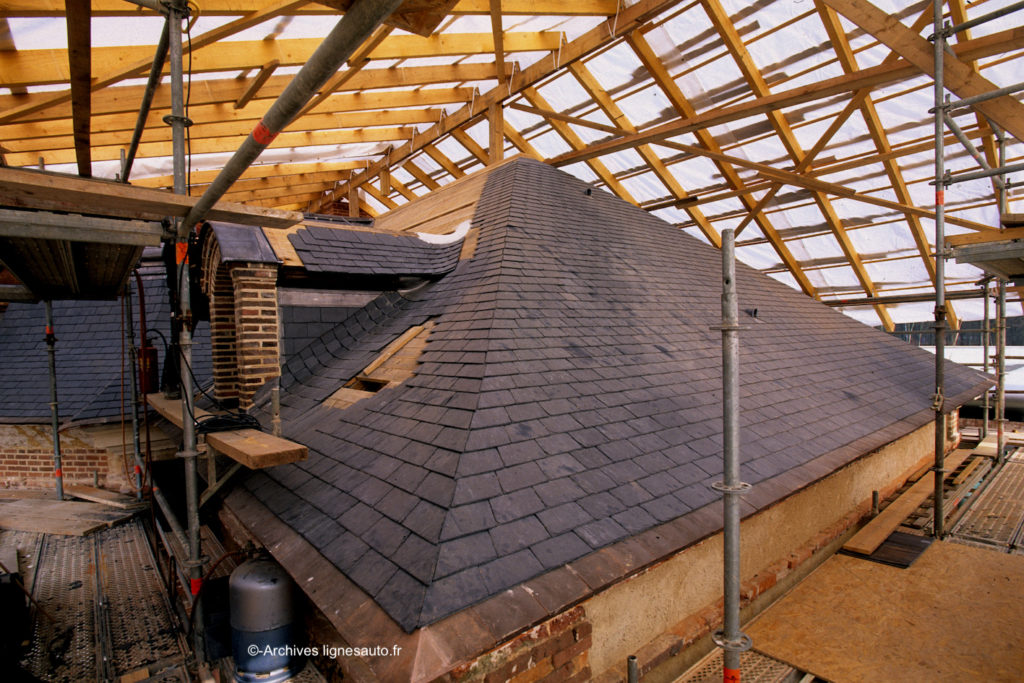

At the beginning of July 2023, the newspaper L’écho Républicain reported that “at the very end of a four-hour Community Council meeting at Forêts du Perche, an email from the management of car manufacturer Stellantis announced that the La Ferté-Vidame site was up for sale. This site was used in particular for the running and testing of new vehicles and study prototypes”.
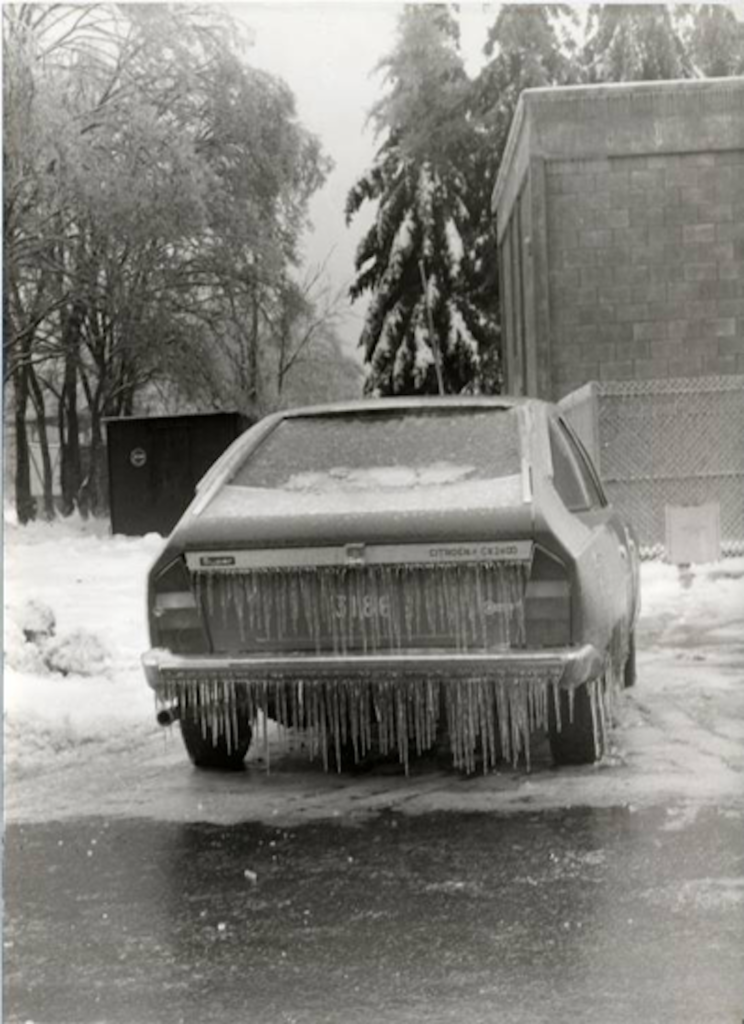
“The few lines sent by Stellantis’ public affairs delegate by email to the President of the Communauté de Communes announce the closure of the La Ferté-Vidame automotive test centre by 31 December 2024. This comes as quite a shock to the region. The test centre covers more than 800 hectares of land in this Perche village of 530 inhabitants, right next to the 200 hectares or so of the Saint-Simon estate, owned by the Département. This makes it the largest private property in France, surrounded by 12 km of walls and not crossed by public roads.
Already, at the end of 2015, PSA (not yet Stellantis), had decided to no longer directly operate its La Ferté-Vidame test centre and delegated it to Segula, a French engineering group. However, PSA retained ownership of the premises and the test track. One of these buildings is of particular interest to us: the Faisanderie. The La Ferté-Vidame site is not just a playground for testers. It has also been the designers’ playground since 2004.

At that time, Robert Peugeot was in charge of innovation and design at PSA. It was he who turned to Jean-Pierre Ploué in 2000 to lure him in as head of Citroën design, and it was also he who came up with the ADN: the Automotive Design Network, the huge liner that is both a technical and design centre located to the west of Paris. The latter was inaugurated in 2004, as was the small studio at La Faisanderie in La Ferté.

A small studio at La Ferté-Vidame? Not really, because it has almost everything you need to modify the models in style and, above all, it is adjacent to a small oval track where the motorised Clay models can be put through their paces. But unlike the ADN, the Faisanderie is not a new building. It’s a refurbishment of the eponymous ‘pavilion’, located away from the runways and rather quiet (see the aerial views of the site at the end of this post).

It was here that we produced a report on the Citroën Hypnos (above) and the GTbyCitroën (below) in 2008, which was published in issue 1 of the LIGNES/auto print magazine. The La Ferté-Vidame site, with its test tracks, celebrates its 86th anniversary in 2024 and obviously won’t be going any further, which is frankly regrettable. Why are Mercedes, Porsche and so many other manufacturers able to preserve their historic sites but not Stellantis?

The story of this design studio based at La Faisanderie, in the heart of the La Ferté-Vidame test track, is a good one, and it was told to us in 2008 by Jean-Pierre Ploué himself (design director of Stellantis Europe). “When we were working on the Citroën C6 project, we came to La Ferté on a large flat esplanade 200 metres from here, because we wanted to see the project models outside. It’s good to be able to evaluate them in a real setting, to compare them with the competition, and to see their potential. We used to spend up to three months there, and in winter we set up tents with heating to keep warm!”

“Very quickly, this concrete area became a design annex, what I call ‘grain-raised’ design! That day, my modelling manager at the time and I went for a walk and saw these walls in the distance, which hid a building in ruins: it was the abandoned Faisanderie. Back in Vélizy, I spoke about it with Robert Peugeot and the manager of the La Ferté site, with the idea of restoring the building and transforming it into a design studio.”

“It has since become a magical place. We commissioned an architect to carry out a state-of-the-art restoration, at the same time as we were building the ADN. This studio has become an extremely effective styling tool. Just imagine that here, we can remotely control styling models in Clay to evaluate them outdoors, and dynamically.” Below, the Citroën concept car “GT by Citroën”.

“No Citroën leaves the showroom without passing through this unique styling centre. In fact, I can even say that this tool guarantees the reality of the product: when you freeze a product here and go back to the ADN, there’s a tendency to want to touch it up under the studio lights, but I often refrain from doing so because the judgement from La Ferté is usually the right one!”

Of course, it wasn’t just Citroën that passed the tough test at the La Ferté studio before being given the nod!Peugeot and DS Automobiles have since joined their cousins. But it is true that the La Ferté site has always been legitimately affiliated to Citroën. It was even on its tracks that the first prototypes of the TPV were photographed during their tests below.

La Faisanderie is therefore a design studio where all styling work can be carried out and, above all, where models of projects under development can be compared in the outdoor area. It was here that all the first Citroëns of the Ploué/Besson era were validated, and here that the programmes were driven for the first time: Clay models weighing several tonnes (up to three for the C5 Tourer model) were motorised and remotely controlled from the studio.

It’s been a long time since design was part of Robert Peugeot’s remit, a long time since Jean-Pierre Ploué was in charge of Citroën design alone, and the importance of Stellantis has meant that new design centres have joined the group. These include Opel’s design centre and, above all, the large Italian design centre that houses the studios of Fiat, Lancia, Alfa Romeo and Maserati.

It’s in Turin that Jean-Pierre Ploué now lives, because he has demanded that the designers of Italian brands (of which he is one, as he is responsible for the design of the Lancia brand above) immerse themselves in the cultural atmosphere and benefits of this particular city. The city through which the Po and its 141 tributaries flow. The city where the famous Lingotto (below), Fiat’s factory and historic buildings, still stands.

This means that European designers, and in particular those of the French brands DS, Peugeot and Citroën, will have to do without the La Ferté studio, which Jean-Pierre Ploué thought was the ideal tool. But today’s tools are more likely to be worn on the nose in the form of virtual reality headsets. Reality? There’s no substitute for the real thing: a 1:1 scale model with its competitors on the outside and in action. It’s not easy to recreate all this in ADN.
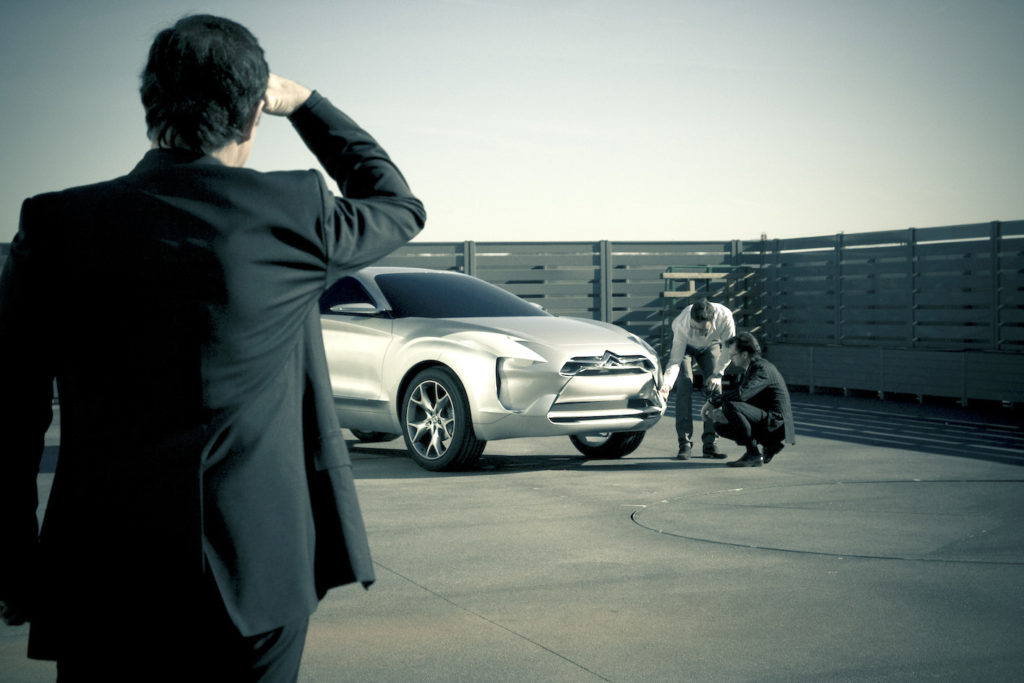
Admittedly, there’s the large terrace overlooking the DNA for this purpose, but it’s nothing like the intimate track at La Faisanderie in La Ferté-Vidame. You have to move with the times. Stellantis announced last year that this closure was justified by “the desire to reduce the group’s real estate footprint”.

After Peugeot’s emblematic Paris headquarters building at 75 avenue de la Grande Armée above, the Peugeot shop on the Champs Élysées and Citroën’s famous C42 (also historic, below), the La Ferté centre, where the 2CV, Traction, DS and SM were tortured for the good of their customers, will also be abandoned by Stellantis.

Writing in L’Echo Républicain, Xavier Nicolas (chairman of the Forêts du Perche community of municipalities) explained last year that “we’ve been worried for some time now. One of my local councillors works for Segula. His contract expires on 31 December 2024. Segula assures us that the 25 employees will be offered jobs at another site. We ourselves, at the level of the community of municipalities, are putting in place a system that will enable us to offer them jobs in local businesses.”
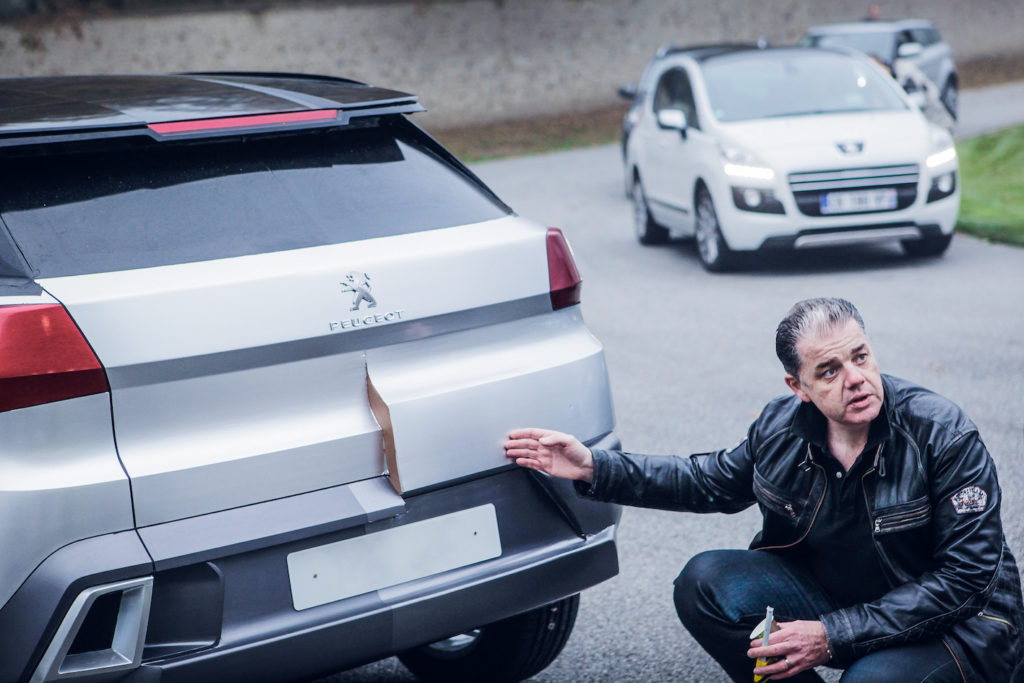
The Mayor, Catherine Stroh, went on to explain that “the closure of the test centre at the end of 2024 will be a major blow for our community. In addition to the staff on site, there are specialists from several makes who come to stay for varying lengths of time to develop new models. This site provided a livelihood not only for the families of the employees, but also for the village.” It’s always a sad day for design lovers – and the professionals involved – when a studio closes. All the more so when the studio is much more than just a studio. This is the case at Stellantis, since the studio at La Ferté-Vidame is a collateral victim of the sale of the historic site, which has been located there since 1936 when Citroën bought it from Christian Vieljeux.

So design ‘raised on grain’, as Jean-Pierre Ploué used to say, is now raised on digital… I’d like to be sure that putting on a virtual reality headset and climbing to the top of the ADN building on a soulless terrace will replace the little haven of peace – and work – that was the Ferté studio and its little dedicated track. But I have my doubts…
AND NOW ?
On Monday 29 January 2024, LIGNES/auto contacted Catherine Stroh, the mayor of La Ferté-Vidame, one of the two communes on which the estate extends. For the time being, the Mayor is awaiting the meeting with potential investors. This meeting is due to take place in February, i.e. very soon. She does not yet know whether the estate will be sold as concessions or as a whole. She recalls that in 2020 she had contacted the Stellantis department concerned to propose setting up a Citroën museum in one of the many buildings on the site, but the response was clear: it was not possible to envisage this as the investment would have been too high. To be continued shortly…
A BIRD’S EYE VIEW OF THE FAISANDERIE STUDIO USING GOOGLE EARTH
To be viewed on a large screen if possible…


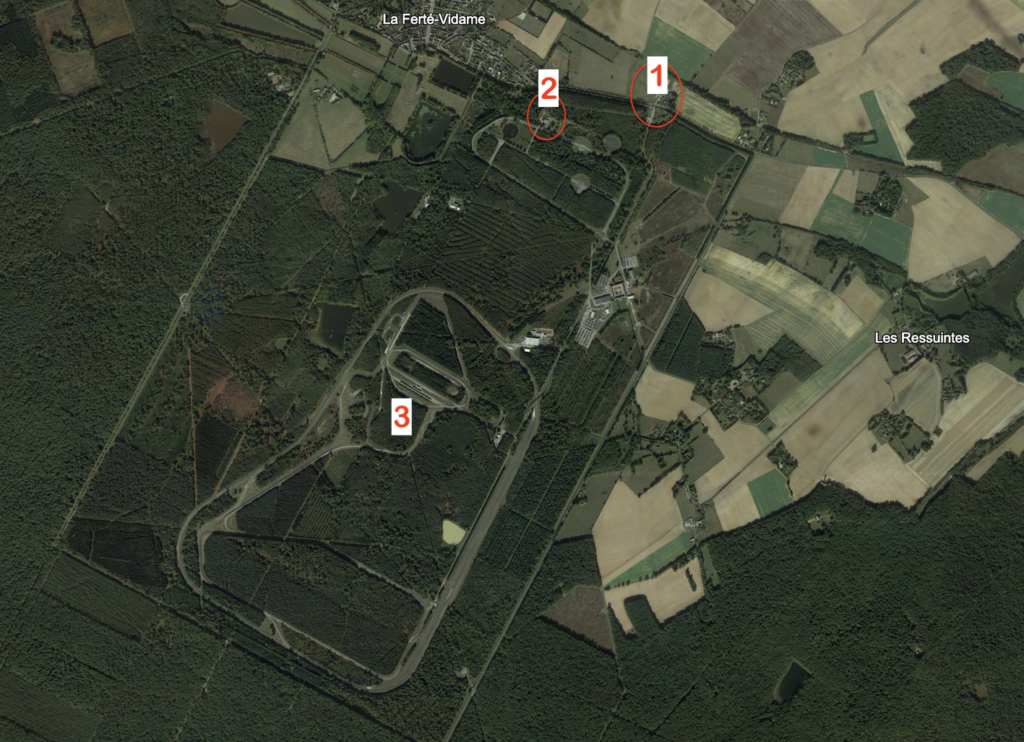



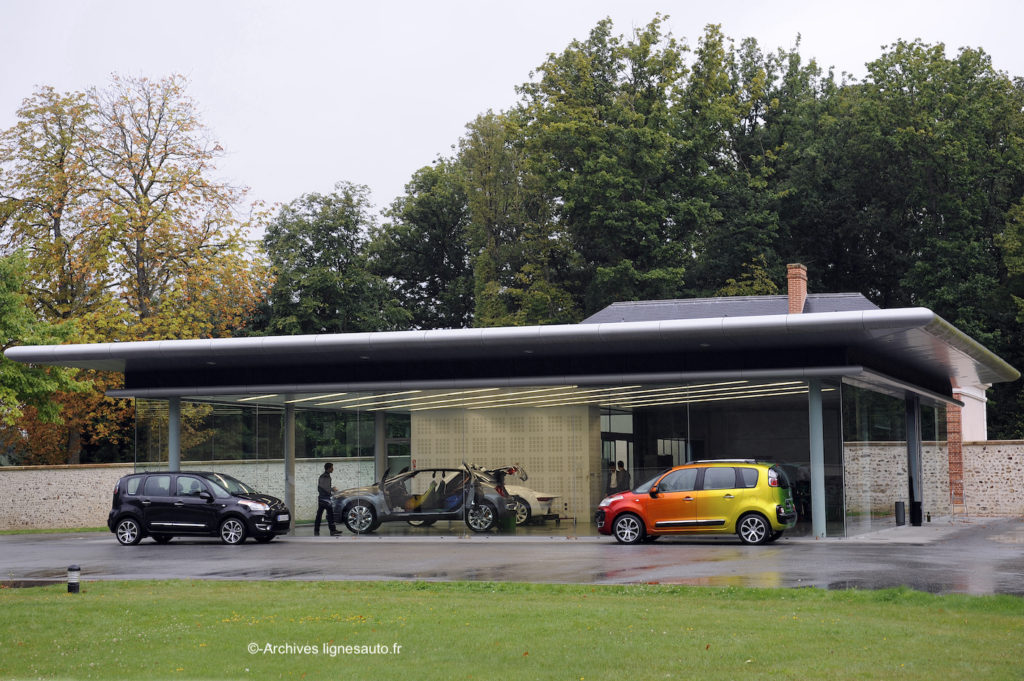
EXCLUSIVE: IMAGES OF THE RENOVATION OF THE FAISANDERIE PAVILION


